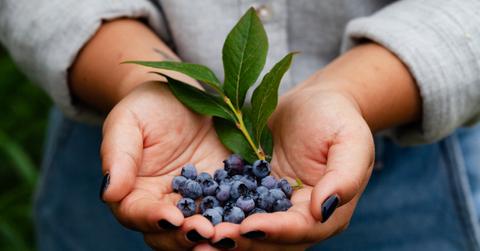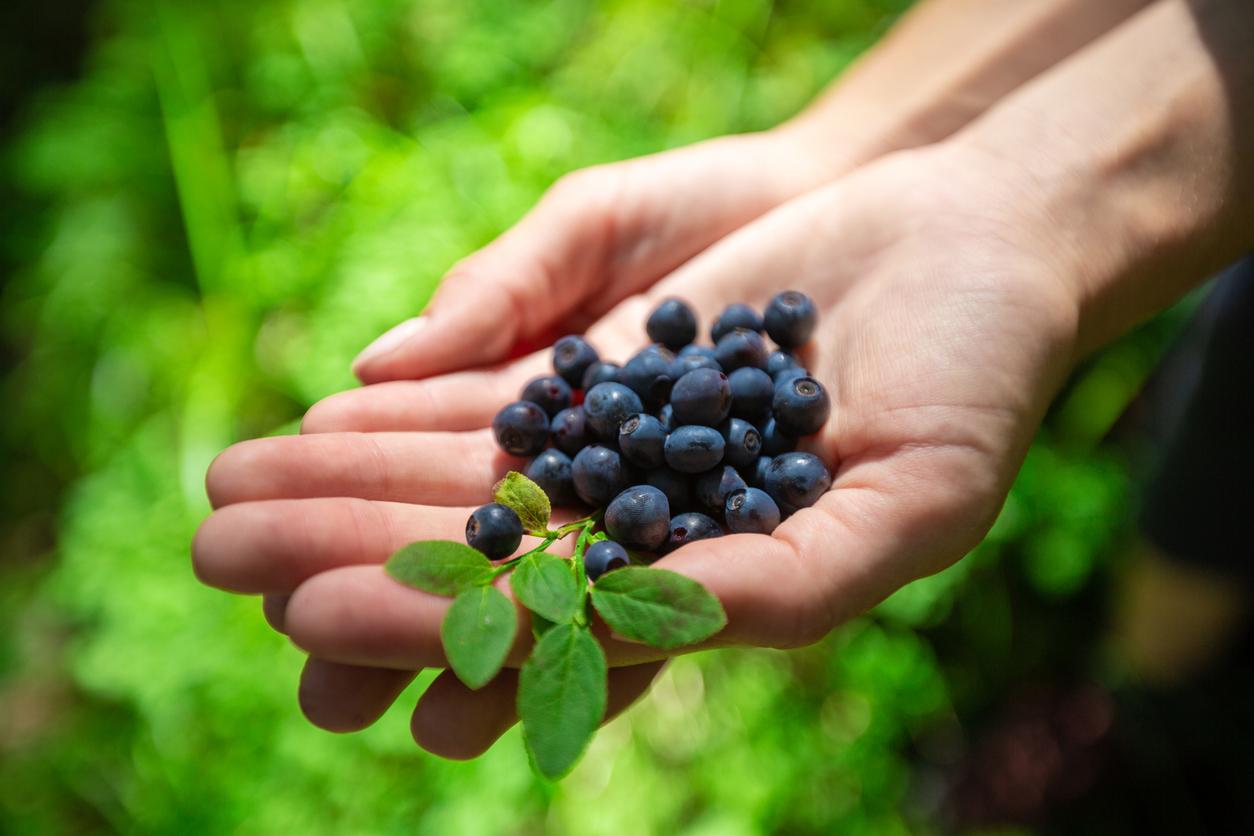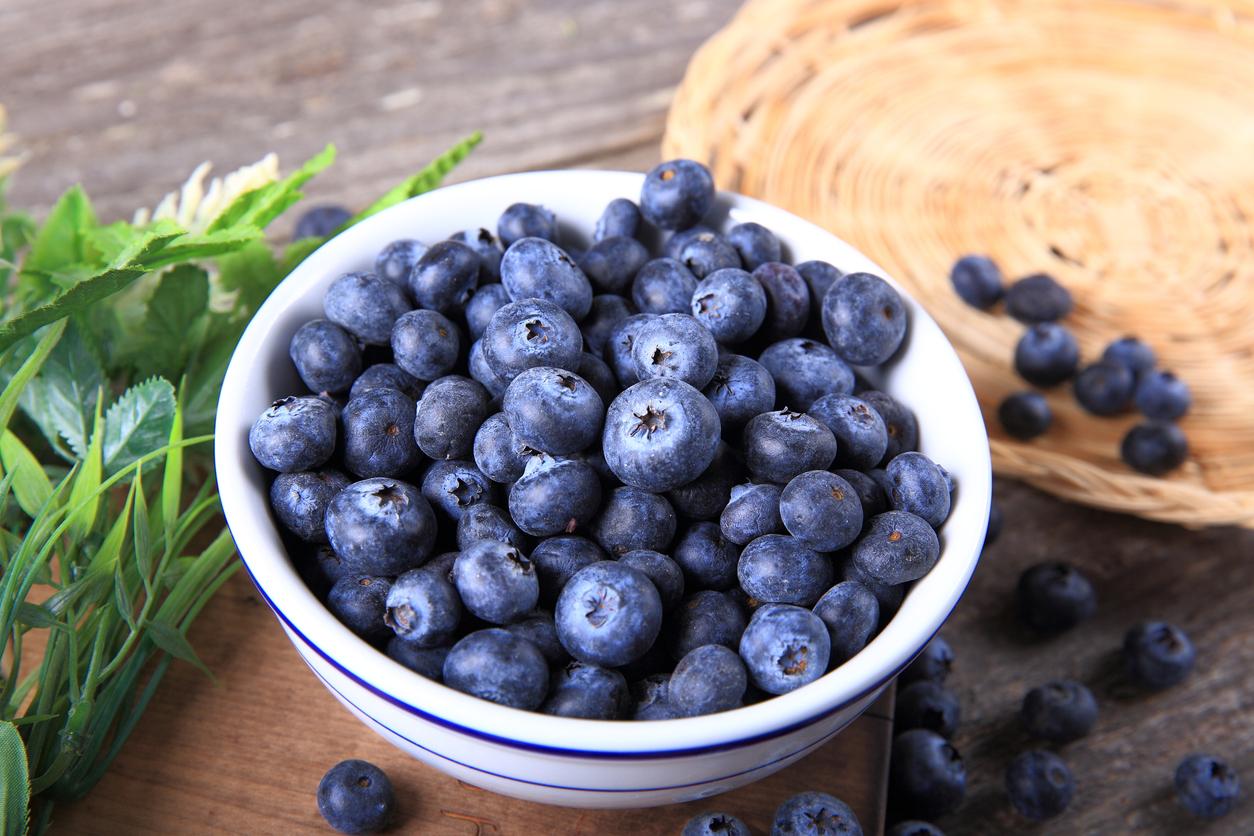Do the Little Blueberries on Pines Taste Good? Food Experts Weigh In
If you're stopping for a snack in the forest, you might want to check out these little blueberries.
Published Nov. 18 2024, 4:06 p.m. ET

The gustatory adventures that some people take can be fascinating, thrilling, and perhaps dangerous. If you have ever noticed blueberries growing on pine trees and wanted to try one, you are not alone.
The little blueberries found on pines are aesthetically pleasing, in a decorative sense, but are they safe to eat? And if they are safe to eat, do they taste good?
If these thoughts have ever crossed your mind, this story is for you. We explore not only the blue berries you might be seeing in nature, but other types of similar blue berries that you can eat as well.

Do the little blueberries on pines taste good?
As it turns out, there are multiple types of blue berries found in nature and they are said to taste good, depending on your preferences.
According to a University of Georgia Extension course resource, southern highbush blueberries are a type of blueberry that is successfully grown and cultivated in pine bark.
There are many different cultivars of southern highbush blueberries, according to a University of Florida research resource. The ones that are said to have scored highly in consumer taste tests include:
- Falcon
- FL19-006
- Albus
- Sentinel
The research and attempts to cultivate new types of southern highbush blueberries that can thrive in different growing conditions is an important undertaking that has apparently resulted in delicious blueberries that grow on pine.
You might also come across another similar berry-like item on a plant in nature. According to Healthline, juniper berries, also a blue color, are grown on juniper trees and are nutritionally powerful seed cones.
Although juniper trees are not pine trees, the appearance of growing juniper berries does appear in a pine-like fashion, according to Tangy Trove.
Per the website, the intense flavor is reminiscent of pine, bitter, and slightly peppery. “Whoa! It’s like Christmas punched me in the mouth!” Stephen Walsh wrote in Tangy Trove about his experience tasting juniper berries.
It should also be noted that juniper berries are traditionally used in gin production, per Sing Gin, which provides a pine-like taste.

Are the little blueberries on pines safe to eat?
According to the University of Florida and University of Georgia Extension sources, southern highbush blueberries are safe to consume.
On the other hand, if you come across juniper berries — which are deceitfully blue and have been described as tasting and smelling like pine — use caution before eating.
According to Gardening Know How, only some of the 45 types of junipers are relatively safe to eat, while others contain high concentrations of thujone, which can cause severe illness or death if consumed in large enough quantities.
If you are unaware of the type of juniper berry you're eating, it's best to avoid it.